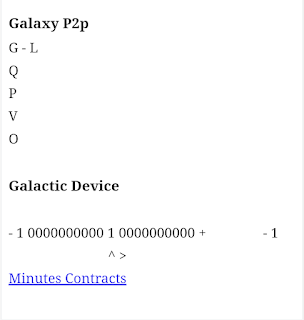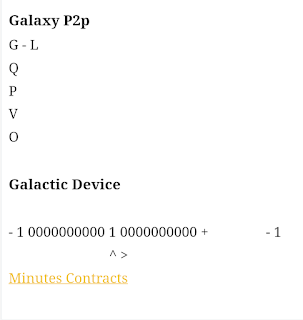Fusion vs. Fission: A Comprehensive Comparison
What is Nuclear Fusion?
Nuclear fusion is the process where two light atomic nuclei combine to form a heavier nucleus, releasing a significant amount of energy. This is the reaction that powers stars, including our sun.
- Example Reaction: The fusion of deuterium and tritium can be represented as:
- Reaction: ²H + ³H → ⁴He + n + energy
- Conditions Required: Extremely high temperatures (millions of degrees Celsius) and pressure are needed to overcome the electrostatic repulsion between positively charged nuclei.
- Energy Output: Fusion produces about four times more energy per reaction than fission.
What is Nuclear Fission?
Nuclear fission is the process where a heavy atomic nucleus splits into two or more lighter nuclei, along with the release of energy, neutrons, and gamma radiation. This principle is fundamental to nuclear reactors and atomic bombs.
- Example Reaction: The fission of uranium-235 can be represented as:
- Reaction: ²³⁵U + n → ²³²U + ³n + energy
- Conditions Required: A neutron must be absorbed by the heavy nucleus to initiate fission.
- Energy Output: Fission can release about one million times more energy than chemical reactions.
Key Differences Between Fusion and Fission
| Aspect | Nuclear Fusion | Nuclear Fission |
|---|---|---|
| Process | Combining light nuclei | Splitting heavy nuclei |
| Energy Source | Stars (including the Sun) | Nuclear reactors and atomic bombs |
| Byproducts | Helium and neutrons | Radioactive isotopes and neutrons |
| Environmental Impact | Relatively low waste, less radioactive | Produces long-lived radioactive waste |
| Current Applications | Experimental power generation (e.g., ITER) | Nuclear power plants and weapons |
Visual Demonstration
Nuclear Fusion
In fusion, hydrogen isotopes combine under extreme heat and pressure to form helium, releasing energy in the process.
Nuclear Fission
In fission, a heavy nucleus, like uranium-235, splits into lighter nuclei when hit by a neutron, releasing energy.







0 Comments